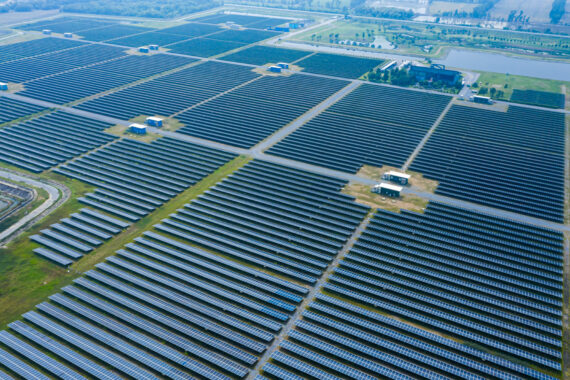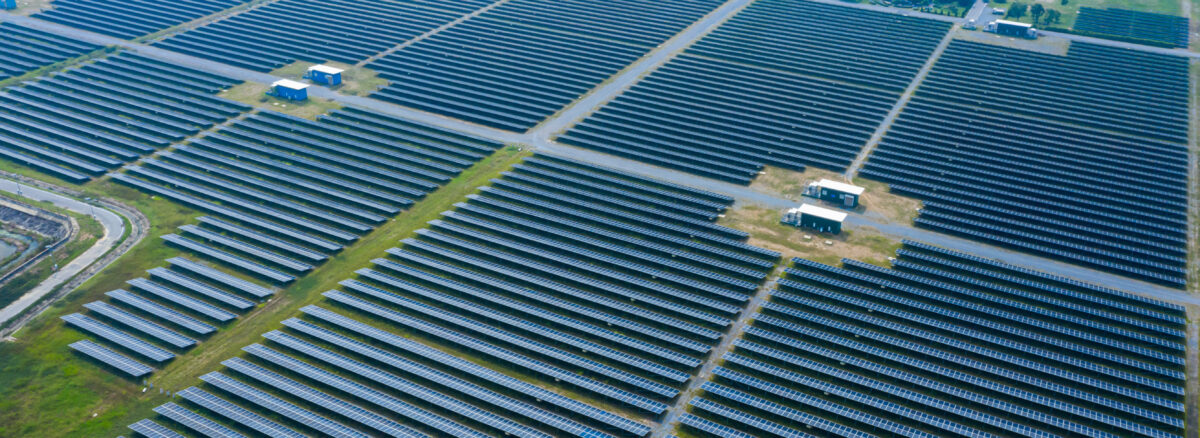- 12 June, 2024
- Francisco Gallego
- Comment: 0
- News

HYDRAULIC CHALLENGES IN PHOTOVOLTAIC PLANTS: IMPROVEMENTS IN DRAINAGE SYSTEMS

It is well known that photovoltaic plants represent one of the most widespread and sustainable solutions for clean energy generation. However, their implementation is not without challenges, necessitating the exploration of new techniques or technologies, particularly concerning hydraulic management and drainage systems. At MEP-Projects, we are dedicated to addressing these challenges with the most current solutions, ensuring the proper functioning and longevity of photovoltaic installations. Poor hydraulic management can lead to the following consequences:
Erosion and Sedimentation
Soil erosion is another critical challenge. Heavy rains can cause soil loss around the bases of solar panels, interior roads of the PV plant, damage to cable trench beds, or flooding in transformer centers, weakening structures and increasing the risk of mechanical and electrical failures. Additionally, the resulting sedimentation can obstruct drainage systems, reducing their effectiveness and causing local flooding. These conditions not only threaten the infrastructure’s integrity but also increase repair and maintenance costs.
Environmental Impact
An inefficient drainage system can also negatively impact the surrounding environment. Uncontrolled surface runoff can carry pollutants and sediments to nearby water bodies, affecting water quality and damaging local ecosystems. Therefore, it is crucial to design drainage systems that not only protect the photovoltaic plant infrastructure but also minimize environmental impact. Protecting water resources and preserving local ecosystems are essential priorities in drainage system design.
For these reasons, at MEP-Projects, we implement various improvements and strategies to minimize or avoid the issues mentioned above. These include:
Sustainable Drainage Systems
We design sustainable drainage systems that manage water effectively and in an environmentally friendly manner. This includes installing infiltration trenches, bioretention areas, and artificial wetlands that facilitate natural water absorption and reduce surface runoff. These solutions not only prevent erosion and sedimentation but also contribute to the recharge of local aquifers, promoting water resource conservation.
Erosion Control Structures
To combat soil erosion, we use vegetative barriers and geotextiles that stabilize the terrain and protect the bases of solar panels. Native plants, for example, not only anchor the soil with their roots but also enhance local biodiversity. Additionally, when necessary, we implement retaining walls and terraces that disperse water flow and reduce its speed, thereby decreasing the risk of erosion. These structures act as natural and mechanical solutions for soil protection.
Advanced Monitoring Technologies
Incorporating advanced monitoring technologies is essential for the proactive management of drainage systems. Using sensors and remote monitoring systems, water accumulation and erosion problems can be detected and managed in real-time. This allows us to perform adjustments and preventive maintenance, ensuring that the drainage system functions optimally at all times. Quick response capability is crucial to prevent issues.
Hydrological Modeling
The use of hydrological modeling tools is another key strategy. These tools allow us to simulate different rainfall and runoff scenarios, optimizing the design of drainage systems to adapt to variable climatic conditions. With this, we can anticipate and mitigate negative impacts before they occur, ensuring the resilience of photovoltaic installations. This proactive approach enables us to anticipate and manage risks associated with climate change and extreme weather events.
At MEP-Projects, we are committed to designing and developing drainage systems that not only protect solar plant infrastructure but also promote environmental sustainability. With these solutions, photovoltaic plants can operate efficiently and safely, contributing to the growth of clean energy and environmental care. Integrating technology, sustainability, and efficiency in our drainage systems ensures a greener and more resilient future for photovoltaic plants.
Made by Francisco Javier Jiménez (EICA Design Engineer)

